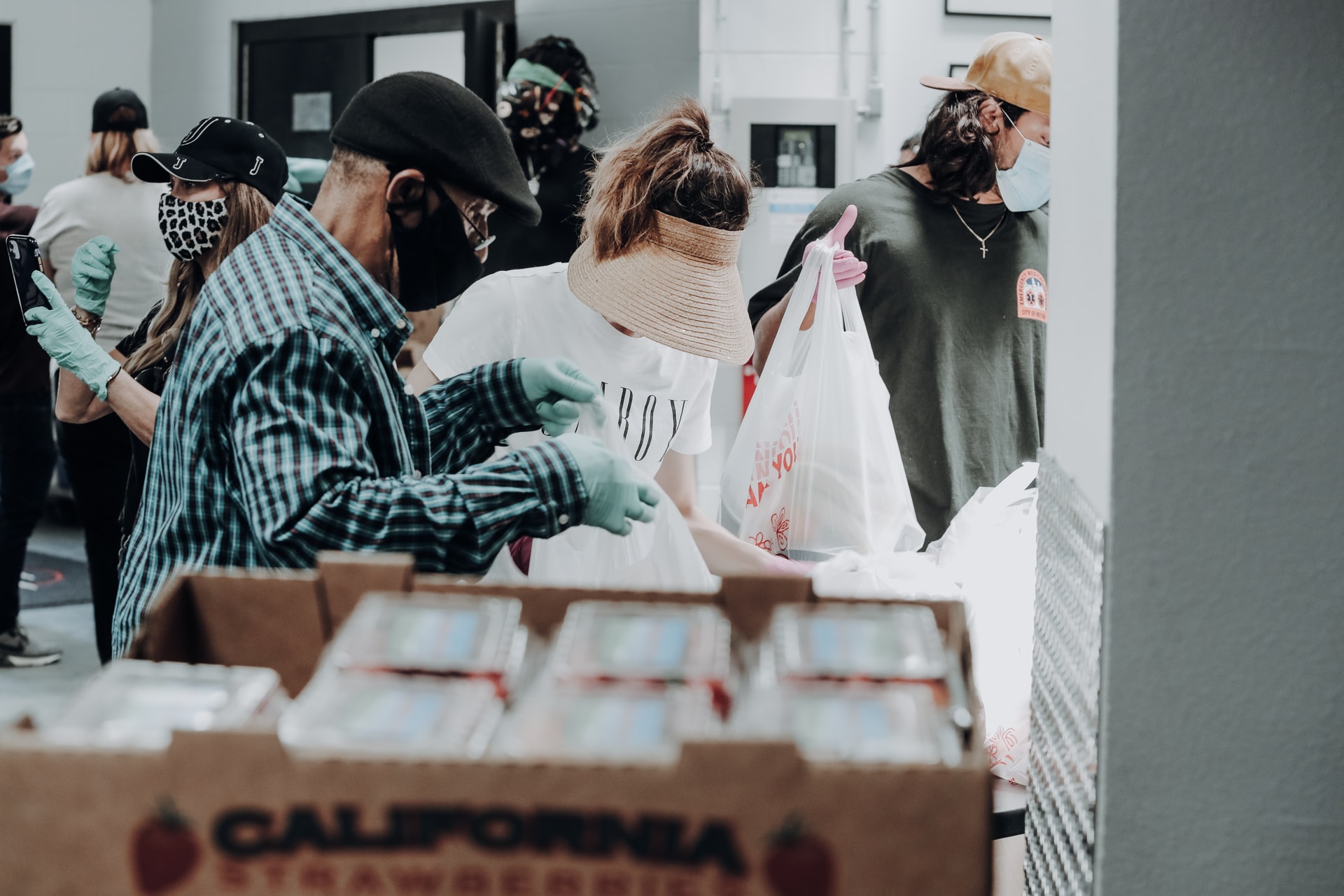Public Safety
Our state spends enormous resources on an oppressive, unjust system of surveillance, policing, prosecuting and incarceration. And we are spending hundreds of millions of taxpayer dollars on a criminal legal system that impacts people of color - especially Black and low income people - at vastly disproportionate rates.
Mirroring national trends, Black, Latinx, Indigenous Mainers and people who have used the mental health system are overrepresented in both the adult and juvenile criminal legal systems compared to their white and non psychiatrically labeled peers. For example, in Maine, Black people are 6 times as likely as white people to be incarcerated and are treated more harshly at every other stage of the justice system from police stops to sentencing. [1] Similarly, despite recent declines in the overall number of young people locked up in Maine, startling racial disparities persist. [2] And, many of these people are provided legal counsel that is constitutionally inadequate, by an indigent defense system that lacks meaningful training or oversight. This must change.
COVID-19 began to show a new way forward that does not rely on incarceration to make our communities safe. During the initial stay-at-home period, police radically decreased arrests for crimes of poverty, prosecutors decreased opposition to pretrial release of defendants who were not risks to public safety, judges stopped imposing unaffordable bail for low-level crimes, and sheriffs looked to release individuals early from jail where serving a jail sentence served no purpose other than to punish and endanger the person incarcerated. At the same time, Maine’s state psychiatric hospitals reduced their census and discharged people more rapidly, showing that people who would have been involuntarily committed to these institutions do not need this restrictive level of care. And, on the juvenile side, community reintegration processes were prioritized and accelerated. Despite these drastic shifts in practice by law enforcement, courts, and corrections, communities remained safe and crime did not increase.

The pandemic has laid bare what we already know: an over-reliance on incarceration, policing, and institutions does not make us safer and it is costly in terms of the amount of tax dollars spent and in the economic toll it takes on families and communities. Maine spends upwards of $350 million annually on its criminal legal system, including corrections, state police and courts. [3] And that is not counting the exorbitant costs that the state has shifted to the people processed through the system and their families at every stage possible. A historical reliance on police and incarceration as the primary responses to mental health and problematic substance use combined with defunding community responses has led to more stigmatization and deaths rather than healing. It has also broken up families: Maine has one of the highest parental incarceration rates in the nation. [4] As our state seeks to recover from the effects of COVID-19, we must lean into this shift in practice and stop investing resources in systems of surveillance, power and control that are harmful to so many of our citizens.
We must instead invest those resources in communities that are low-income, over-policed, and under-resourced to increase access to good childcare, education, jobs, healthcare, and the treatment and supports that are key for healthy and safe communities. This includes providing resources for people who experience harm at the hands of their partners and family members, so that they can be safe and secure too.
We must stop criminalizing normative adolescent behavior by expelling and suspending our children from school. We must stop criminalizing and incarcerating people for struggling with mental health and substance use issues. We must stop incarcerating our children. Instead, we must commit to resourcing a continuum of care that helps children and adults envision and realize their potential. We must invest in responses to crime and violence that promote restoration and healing. We must divert older youth-young adults who are 18-25 from involvement in adult systems and provide support.
For those incarcerated, our corrections system must focus on accountability in ways that support rehabilitation rather than punitive sanctions. For those formerly incarcerated, we must remove barriers to gainful employment, health care, and housing and provide reentry supports to reduce stigma and promote success. To do this, we must radically reform the criminal records system to allow for records sealing and expungement, and ban the unfair use of criminal records to deny people basic features of a thriving life. Until we shift our priorities from policing and punishment to health and well-being -- and engage and empower the most impacted communities in this effort -- inequities will persist.
Finally, public safety must include the prevention and amelioration of abuse and neglect against children and youth. The State’s child welfare system and Children’s Behavioral Health system both continue to have a crisis of too few foster and adoptive homes, children being sent out-of-state, racial disparities for children of color, and an overrepresentation of both LGBTQIA+ older youth and children with disabilities. Further, public funding must be made available for community-based prevention services, family-centered early intervention services that keep families together, including those for young people rejected by their families, robust recruitment of foster, kinship, and adoptive families, and social, health, and educational support services for all children and youth that become wards of the state including transitional resources for youth who age out of the system at age 18 without being adopted.
What you can do …
Maine Youth Justice is a youth-led campaign working to end youth incarceration in Maine by closing Long Creek Youth Development Center and reinvesting $18 million into our communities.
Maine Youth Justice is fighting to divest state funds from the Maine Department of Corrections, end youth incarceration, and transform Long Creek into housing and a youth center. Join the movement to end youth incarceration by signing up on maineyouthjustice.org.
[1] Maine State Data, The Facts: State-By-State Data. Federal and state data compiled by The Sentencing Project. Retrieved on September 28, 2020 at: https://www.sentencingproject.org/the-facts/#map?dataset-option=SIR and Maine Profile, Prison Policy Initiative. Retrieved on September 28, 2020 at: https://www.prisonpolicy.org/profiles/ME.html.
[2] Data snapshot of Youth Incarceration in Maine, The Urban Institute, April 2020. Retrieved at: https://www.urban.org/research/publication/data-snapshot-youth-incarceration-maine.
[4] Children of Incarcerated Parents, a Shared Sentence: The Devastating Toll of Parental Incarceration on Kids, Families and Communities. Annie E. Casey Foundation (2016). Retrieved on December 5 at: https://www.aecf.org/resources/a-shared-sentence.
